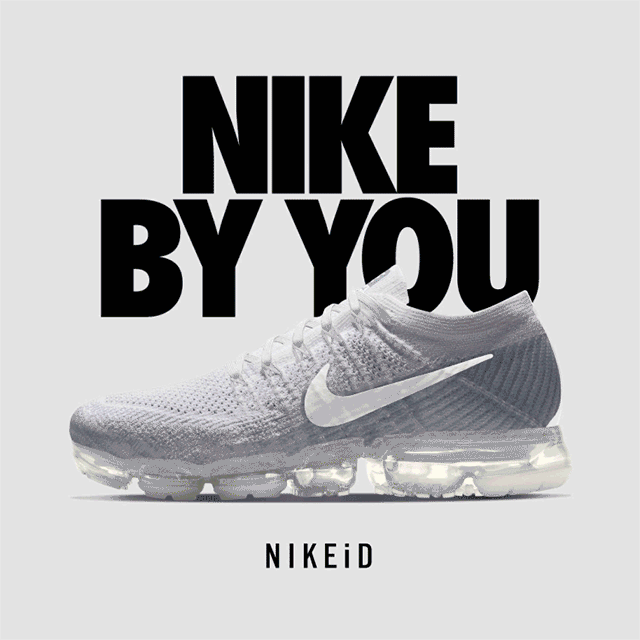
What Wellness Brands Are Doing Well in Customer Engagement
Personal wellbeing is trending. All sorts of interesting health and fitness categories have sprung up across the world, from percussion workouts to sound healing and even floating. On our sunny little island, aerial yoga, barre, spin classes, acai bowls, fruit smoothies and fitness wearables are now ubiquitous. With the recent debut of U.S. start-up ClassPass on local shores, the fitness category has seen even greater competition. And the month of September has brought a slew of local pro-wellness events such as the Wheeler’s Market, Ground Zero Market and Revoilution Wellness Expo. What better topic to address than the rise of health and wellness?
The wellness industry is one of the fastest growing industries in the world, worth approximately $3.7 trillion according to The Global Wellness Institute. This is no surprise, given how society is moving towards a more holistic lifestyle. Fitness and nutrition have become higher priorities. But in such a competitive consumer market, how is it possible for brands to get the attention, patronage and loyalty they need?
Building Large Communities
When we look at leading brands, all of them keep a strong social media presence. Global names CrossFit, Lululemon, Nike and Blogilates have millions in their online communities. Even local brands like GuavaPass, Yoga Movement and VIVRE Activewear have managed to secure tens of thousands of followers. And the numbers keep growing.
These brands are able to grow their communities by focusing intently on customer engagement. Whether it is constantly connecting via brand touchpoints, or delivering a unique interactive experience, these brands commit to creating a two-way dialogue between customers and themselves. On top of that, these brands have successfully tied the online and offline domains together, to provide customers with a seamless customer journey.

Strategies Behind the Success Stories
Take a look at some effective strategies that have been employed.
CrossFit uses the intangible brand values that its customers believe in, to guide its product offerings and content creation for its extensive global network. CrossFitters have a reputation for their extreme zeal and devotion to the brand, showing the immense strength of CrossFit’s philosophy.
Weight Watchers’ integrated marketing leader Lauren Salazar once shared that their marketing content strategy is “one part ours, two parts them”, relying heavily on user generated content from their healthy, well-informed online community.
Nike in particular has done a terrific job of maintaining a large pro-Nike community. One outstanding aspect is its gamification of the customer experience. The SNKRS app uses augmented reality to enliven sneakerheads’ purchasing process, while the Nike+ app and its Training and Running Clubs encourage higher brand awareness and preference without overtly selling any products. Nike also sustains a sense of excitement around the brand. Aside from constantly anticipating releases of limited edition products, customers can personally customise products with Nike iD and PHOTOiD and share their creations online.

Engaging Done Right
So how can you achieve customer engagement like these brands? Where do you begin?
Here are 5 main considerations to guide you:
1. Pick the right social media platforms.
Each platform has a dominant demographic and psychographic. Focus your efforts on the platforms that your target audience is most likely to be active on. Once there is a fit between these platforms and your customers, create a strong and consistent brand profile before investing in content creation.
2. Curate with quality in mind.
Content may be king, but its image must be shaped carefully if it is to hold influence over people. As communities respond to content they relate to, create and curate what is valuable and relevant to them, and representative of your brand values and image. When you have found your brand voice and the right audience to speak to, you will be able to hold a quality conversation.
3. Experiment with digital.
Technology has opened up a vast array of possibilities. Take advantage of these new abilities you have in the digital sphere, to construct experiences that incentivise participation and sharing. Harness hashtags. Create polls. Give 360-degree tours. Particularly in the fitness industry, reward triggers tend to be obvious and beneficial. Mutual comparison and competition can be effective tools in activating customers. Consider digital tools like leaderboards, participation badges and mini-challenges to tap on those forces.
4. Go omni-channel.
Provide a holistic customer experience; don’t compartmentalise. Customers often don’t see the boundaries between channels like brands do – they look for products and services whenever, wherever and however they please. Explore the various ways your brand can offer the same experience across different channels, and consider establishing partnerships that not only benefit both parties, but provide additional customer value that would not have existed otherwise.
5. Never neglect offline engagement.
As much as having a large online community is good, it is even more important to keep in touch with customers offline. Don’t lose out on meaningful connections that can only be made face-to-face. Whether it is an event, a product, or a collaboration project, offline initiatives kill two birds with one stone. While they are easily facilitated or discussed online, they also can support online activity. Best of all, they ensure that the word-of-mouth surrounding your brand extends beyond computer and phone screens.

In the increasingly saturated world of wellness, a variety of brand names still manage to stand out to us, because of their stellar customer engagement. One principle they abide by: offering a value-added experience that seamlessly bridges the physical and digital worlds.
It’s time for us to do the same.
To get stories like these delivered straight to your inbox, sign up for RICE’s newsletter!
